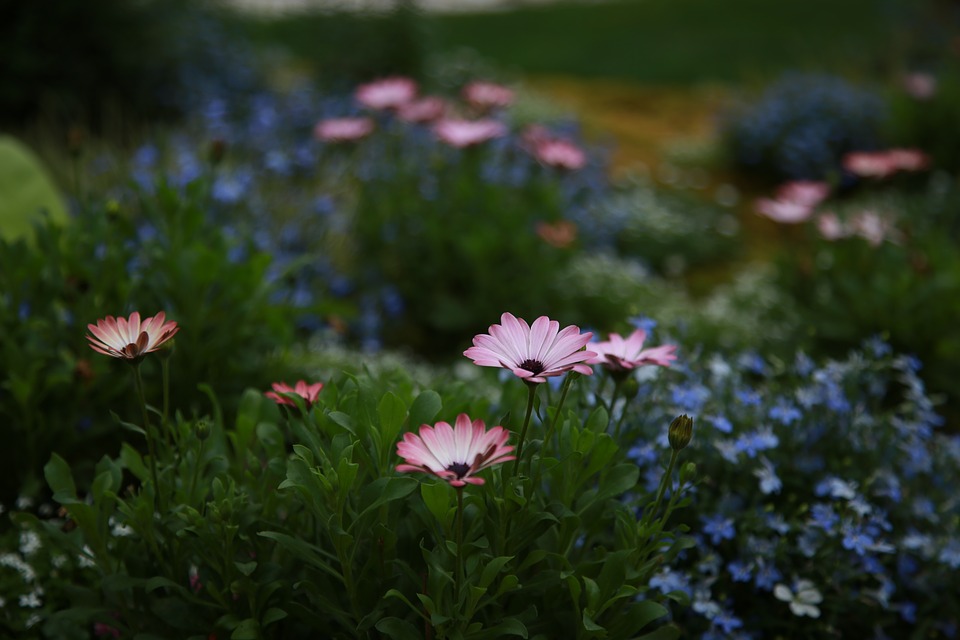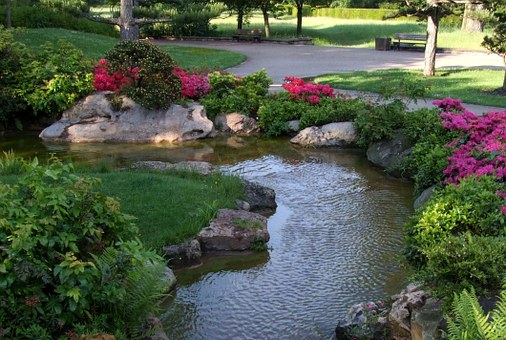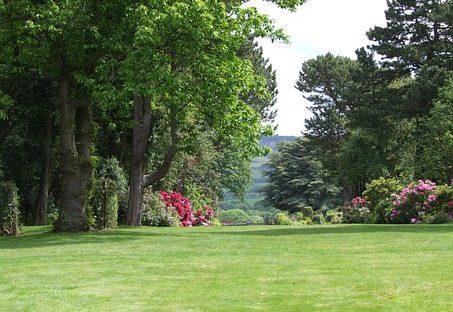Spring is one of the most awaited and important times of the year for gardeners.
This is the only time they can prepare their gardens in readiness for planting before temperatures rise. The urge to step in your garden after the long, harsh winter can be overwhelming for most gardeners.

Gardening is more than just a hobby; it is a source of happiness for many of us. That said, most people prepare their gardens in spring. It is at this time of the year that you can assess how much effect winter had to your garden, fix holes in the landscape, prune, make new nurseries and beds, tend to the lawn, plant seedlings, begin composting, feed everything, and ensure the irrigation/drip system is working just right. You can either do all these by yourself or delegate chores to members of the household.
Don’t let the list scare you; all these chores can be completed within the shortest time possible for as long as you are dedicated. You only need to take on one task at a time. Before long, your garden will be envied by all in the neighbourhood. Although adrenaline might already be rushing in your veins, you need to inspect the garden first to ensure the soil is ready and not too frozen. Walking on frozen soil will only compact it making it hard for plants to develop their root systems well. If the ground seems saturated, give it time to loosen up.
12 Essential Spring Gardening Tips
Outlined below are 12 essential spring gardening tips to help you create just the garden you have been dreaming of.

1. Survey the Yard
This should be the first thing you do just after winter. You need to survey/inspect the garden, note tree limbs that need removing or cabling. Tree limbs hanging over structures should be removed to reduce potential risks. Consider calling an arborist if the trees are too big or precious. Next, you’ll need to cut off perennial foliage to make a compost pile. Rake up mulch from beds with bulb plants before any foliage can appear. Check pathways, fences, and steps for damage caused during the winter season.
2. Prepare the Tools
This is particularly important if you didn’t have the time to store them properly for the cold winter season. Check to ensure all tools are in the best condition. Consider sharpening sharp tools, and sand, clean, as well as massage wooden handles with linseed oil. Take not of missing or broken tools and order for the same in advance.
3. Fill Gaps in The Garden
Many are times when you’ll find gaps in the garden. Filling the open spaces with new plants takes care of this. You can also order shrubs, trees, and other perennials for planting this season. Although you might not know this, nurseries are happy ordering varieties they don’t have in their stock.
4. Revive the Lawn
Inspect the lawn for long grass and start preparing your lawn mower. The mower might need new spark plugs, oil, and lubricating before it can be powered up. Consider sharpening the mower blades yourself as well. Use the leaf blower to clear any debris from the lawn before mowing.
5. Prune the Shrubs
Woody plants should be pruned too. Take time to inspect all shrubs and remove any damaged, dead, or diseased branches. It would also be advisable to prune shrubs that bloom in summer. This includes roses, hydrangea, and butterfly bush. Be sure to prune trees and shrubs that bloom after flowering in spring. Be careful when pruning cold-damaged wood from these plants as well.
6. Start Preparing New Beds
The fun part with gardening is that you can create a new planting bed in a virgin land. All you need to do is dig the soil (to loosen it up), relieve compaction, add oxygen, and compost for more fertile soil. Be sure to remove weeds, sod, and debris as soon as the soil can be worked on. Add well-rotted manure or a 4-inch layer of compost over the soil, then cultivate it to a depth of about 12 inches. This should promote decomposition and ensure it mixes well with the soil. A spading fork will be needed to take the bed smooth for planting.

7. Plant from Bare-Root
Planting from bare root makes it possible to take advantage of planting time for most plants. This is especially so for daylilies, hostas, roses, and fruit trees. Be sure to plant on a cool, cloudy day to minimize wilting.
8. Transplant Container-Grown Plants
Container-grown plants can be transplanted at any time except in mid-summer. The plants should be watered thoroughly to promote rooting and growth. Calendula, poppies, sweet peas, parsley, lettuce, and spinach are some of the crops that should be transplanted in early spring.
9. Fertilize
The germinating and growing plants will appreciate some extra fuel, hence the need to fertilize, balanced fertilizer is needed to ensure healthy growth of the same. The fertilizer container should read 8-8-8 or 6-6-6. Apply fish emulsion around shrubs and trees once new growth appears. Spread pine-needle mulch and high-acid fertilizer around shrubs that love acid. This includes citrus, blueberries, camellias, and azaleas. Fertilize perennials on resuming growth.
10. Start a Compost Heap
You can also use a compost bin as well. Collect raked up leaves and plant debris from the garden for composting. Identify materials that are rich in nitrogen (green) and carbon (brown), weeds and grass clippings, then chop them up. Chopping these organic materials speeds up the rate of decomposition. There are two approaches to use here; you can use the ‘hot pile’ method which entails building alternating layers of browns and greens, then turning them regularly without topping them up. The other process, ‘cold pile,’ involves adding the composed slowly over time without turning them. This method takes a lot longer to decompose when compared to ‘hot pile.’
11. Clean Birth Baths and Feeders
Bird baths and feeders are essentially used to attract birds. If you are particularly fond of birds, you should then clean the feeders and baths using a weak bleach solution. Rinse the feeders and baths with warm water, then fill them up with food and water. Be sure to change the water weekly to ensure the birds get clean water each time. For those yet to invite birds to their gardens, you can start with a plant saucer, then fill it up with clean water. You will also need to keep the dish clean by changing the water weekly. It won’t be long before the ‘feathered friends’ start coming over for a drink, and especially on the coming hot sunny days.
12. Mulch if You Are in Doubt
A fresh layer of mulch gives your garden a clean and tidy look and feel. Mulch also suppresses weed growth in the garden while helping retain soil moisture. You could use finished compost, wood chips, or straw for mulching. The best thing with using organic materials for mulching is that they eventually break down, releasing nutrients into the soil. Mulching is particularly recommended once the weather starts getting hotter.


